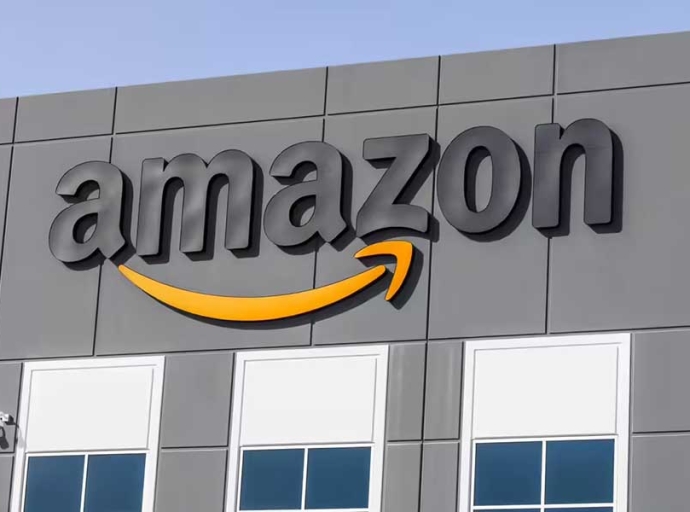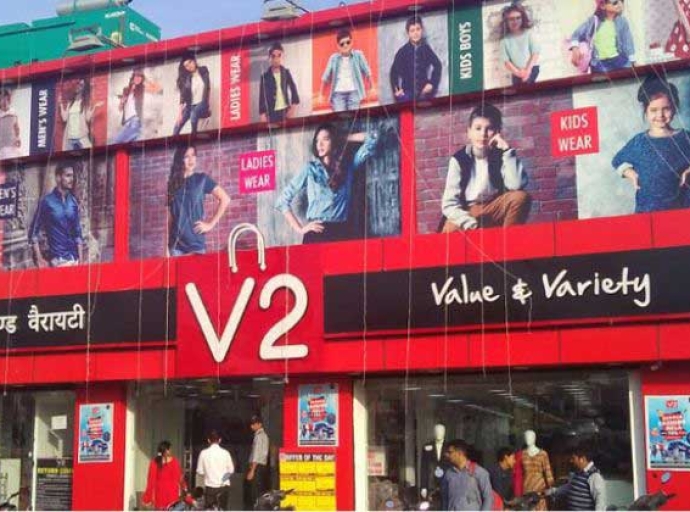02 May 2023, Mumbai
The Indian retail industry has learned a lot about the market after 2021. The industry experienced an 8.5% fall in FY 2021; it recovered in 2022 to reach $836 billion, with conventional retail contributing 81.5%.
However, the COVID-19 disruptions sped up the adoption of digital technology and e-commerce.
As consumers continue to shop online, brands from all sectors are now focusing on growing their online presence and direct sales. Interestingly, over 61 percent of the total market share in FY 2022 will come from consumers in Tier II and Tier III cities, up from 53.8 percent in FY 2021.
Tier II and III towns showed 92.2 percent and 85.2 percent, respectively, whereas Tier I cities had a lower growth rate for e-commerce at 47.2 percent. Tier II and III cities are projected to continue to dominate in 2023. 2023 will be the year to watch, based on the direction the Indian retail sector is heading.
The retail picture so far
Fortunately, over the past few years, India has seen a boom in attracting foreign businesses; it is currently the fifth-largest global destination for retail.
The industry's expansion depends on several variables, including increased disposable incomes, Gen Z exposure to international brands, and ease of doing business. The retail sector is in for intriguing times as we start the new year, even if we merely consider the government's ambitions from 2021.
These actions would soon pay off; the transformation has already begun, allowing for a more pronounced effect. The new framework for retail digital payments offline has increased the adoption of digital payments, creating a more accurate and efficient environment that makes it simpler for customers to make purchases or complete transactions.
As they say, time is money, and digital transformation has multiplied the time saved by directing more resources to other areas of business progress.
Mega predictions that will be driving the retail world:
The relentless march of technology
Industries brace for disruption Putting customers first
The growing importance of customer experience in the age of technology
The rise of sustainable business
Why sustainability is no longer a choice, but a necessity From likes to purchases How social media is revolutionizing the way we shop
The power of the small
How micro-influencers are changing the face of influencer marketing
Beyond tokenism
Interesting facts; Why workforce diversity and inclusion are crucial for the future of retail The national government has opened the automatic route for FDI in the online retail of goods and services.
We also have information on the retail and wholesale trades being recognized as MSMEs, allowing them to access financing for the priority sector.
The retail sector is only one of the many industries that have profited from the government's encouragement of digital transformation on the battlefield.
This ground-breaking innovation has been the best thing that has ever happened. To empower the Gen-Z, tech-savvy, and millennial consumer-driven markets, retailers are flooding the market in droves with investments in cutting-edge technology.
According to a Forbes report, global investments in AR and VR will undoubtedly exceed $72.8 billion in 2024. The use of chatbots will rise as consumers participate in more conversational commerce. By 2026, the chatbot market is projected to be worth over $102 billion, with a CAGR of less than 35%.
What the future holds
Today's consumers desire experiences that go above and beyond the average shopping experience and demand white-glove customer service. 32% of customers are more likely to interact with in-store experiencing moments, according to numerous market surveys.
Companies may offer their clients one-of-a-kind, cutting-edge experiences through experiential shopping, both online and offline. Retailers may provide immersive shopping experiences emphasizing in-person interactions utilizing AR/VR technology, strengthening the bond between the brand and the customer.
Businesses can use this cutting-edge technology in several innovative ways, including virtual fitting rooms, virtual shopping, virtual navigation, and in-store displays. This technology enhances contactless transactions and promotes interactivity.
Retail companies, like all businesses, are experiencing significant disruption and uncertainty caused by geopolitical unrest, financial volatility, inflation, housing shakeouts, supply chain breakdowns, and rate hikes.
However, retailers can turn this disruption into opportunities by focusing on strengthening infrastructure, improving margins, and enhancing the customer experience.
Even though government subsidies have dried up, and budgets will be tighter, retailers that can focus on these areas will likely increase their profitability.
Latest Publications


































